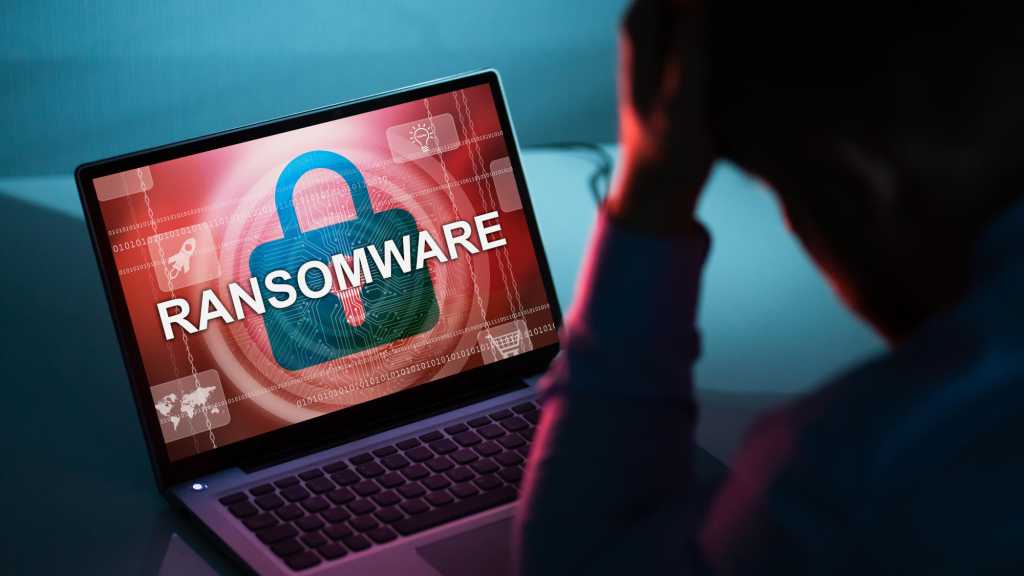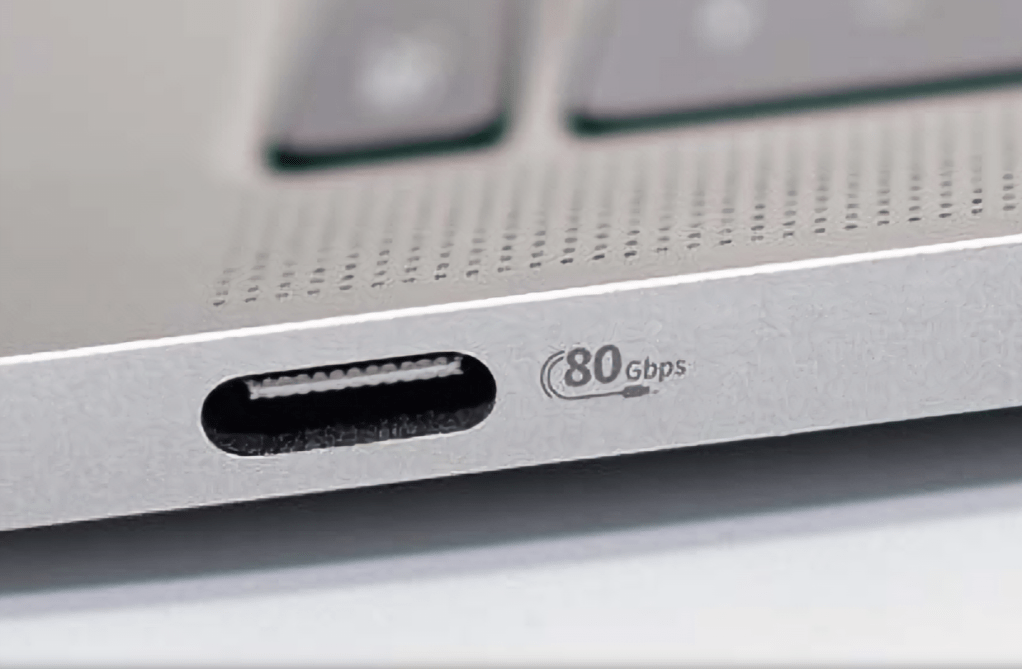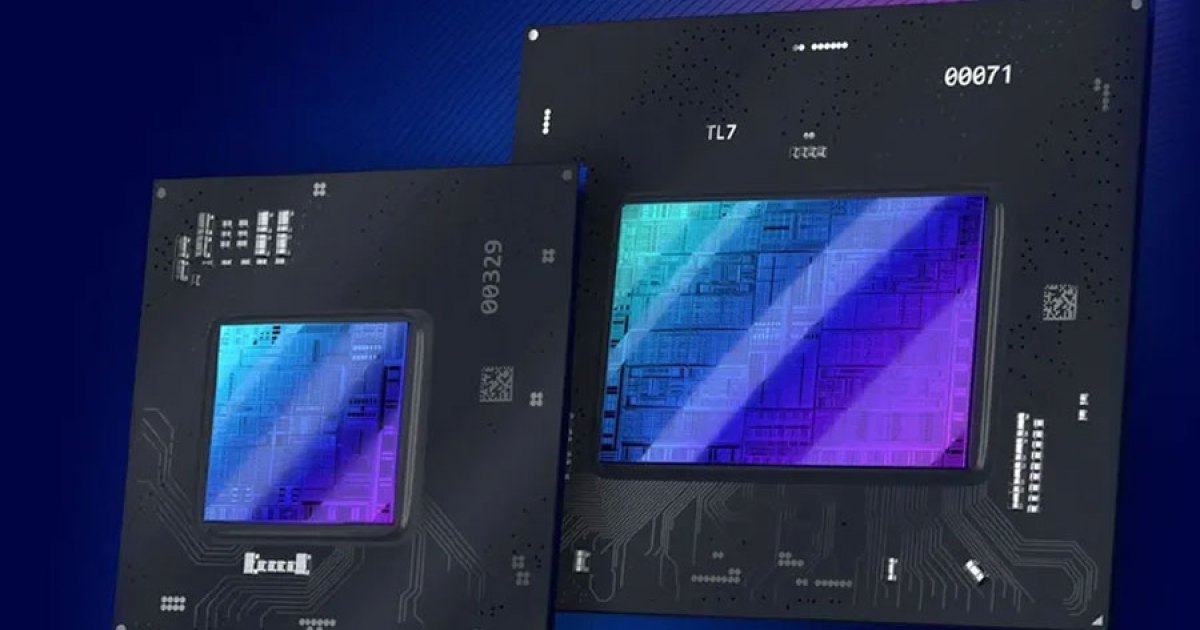Ransomware attacks can be devastating, locking your files and demanding payment for their release. Discovering your laptop or PC infected with this type of malware can feel incredibly stressful, but understanding the steps to take can significantly improve your chances of recovering your data without giving in to the criminals’ demands. This article will guide you through the process of identifying the ransomware and potentially decrypting your files.
Identifying the Ransomware
The first step in combating ransomware is identifying the specific strain that has infected your system. Knowing the enemy allows you to search for targeted decryption tools. Two valuable resources for this are ID Ransomware and No More Ransom.
ID Ransomware
ID Ransomware offers a straightforward approach to identification. Simply upload an encrypted file or provide the attacker’s email address. The service compares this information against its database of over 1,150 malware samples. While ID Ransomware primarily identifies the ransomware, it doesn’t directly provide decryption tools. However, armed with the name of the malware, you can search online for potential decryption solutions. Combine the ransomware name with the phrase “decryption tool” in your search engine to find potential solutions.
No More Ransom
No More Ransom takes the identification process a step further. Similar to ID Ransomware, it helps pinpoint the specific ransomware strain. However, No More Ransom also provides decryption tools directly, if available. Utilize the “Crypto Sheriff” feature on their website, uploading two encrypted files and details from the ransom note. Initiating the search may yield a suitable decryption tool, allowing you to recover your files.
Decryption Tools: Availability and Alternatives
While decryption tools exist for many ransomware variants, they are not always available for the latest strains. Security researchers require time to crack the encryption, and criminals may not always release master keys. This means that while a tool may not exist immediately, one could become available in the future.
If you are unable to find a decryption tool, it’s crucial to retain your encrypted files. A solution might emerge later, enabling you to regain access. Remember, a comprehensive and regularly updated backup stored separately from your PC remains the most effective defense against ransomware attacks.
Long-Term Protection: Backups and Prevention
Ultimately, the best way to avoid paying a ransom is to have a robust backup strategy in place. This allows you to restore your system to a point before the infection, effectively neutralizing the ransomware’s impact. Ensure your backups are stored offline or in a cloud service that is not directly connected to your main system.
While antivirus software is important, it’s not always foolproof against the latest ransomware threats. Regularly updating your operating system and software can help mitigate vulnerabilities that ransomware exploits. Additionally, exercise caution when opening emails from unknown senders and avoid clicking on suspicious links, as these are common vectors for ransomware attacks.











